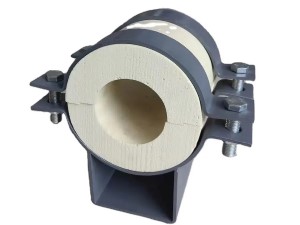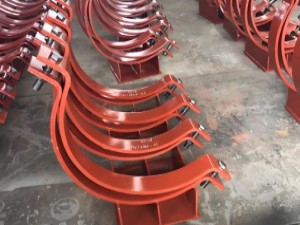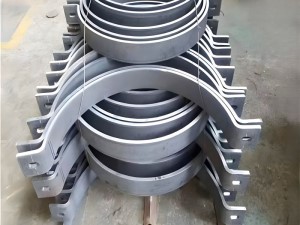What is the difference between a standard hex nut and a heavy hex nut?
A standard hex nut, also referred to as a finished hex nut, has a smaller width across the flats and corners compared to a heavy hex nut, and a heavy hex nut is slightly thicker than a standard hex nut of the same nominal size. In fact, heavy hex nuts are exactly a 1/8” larger across the flats than a standard hex nut in all sizes, requiring a 1/8” larger socket or wrench to install. Also, heavy hex nuts have a higher proof load strength compared to a hex nut according to ASTM A563.
What is a Standard Hex Nut?
A standard hex nut or finished hex nut is visibly different than a heavy hex nut. The main difference has to do with the smaller width. You’ll see it across the flats and corners. A stronger nut with a weaker bolt won’t cause issues, but a weaker nut with a stronger bolt will undoubtedly cause a fastener to fail.
What is a Heavy Hex Nut?
A heavy hex nut is thicker and heavier in weight. The part has a larger diameter across the flats. They also require larger sockets and wrenches when being installed. The load strength is far higher than the standard hex nut, meaning it can bear more weight easily.
Why Bolt Selection Matters
Bolts should match the nuts that you pair them with for the best results. When properly fitted, they can last a long time. They withstand extreme conditions and handle a great deal of weight.
A fastener failure can be dangerous. If a piece of machinery were to come apart because you used the wrong strength of hex nut, it could harm people. It’s a liability that businesses don’t want to take on because they made the wrong purchasing decision.





